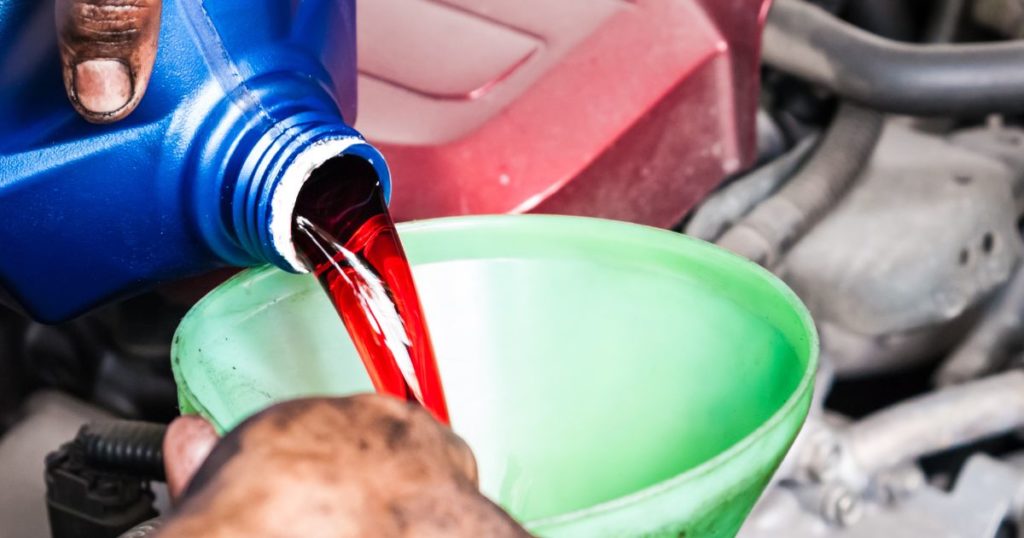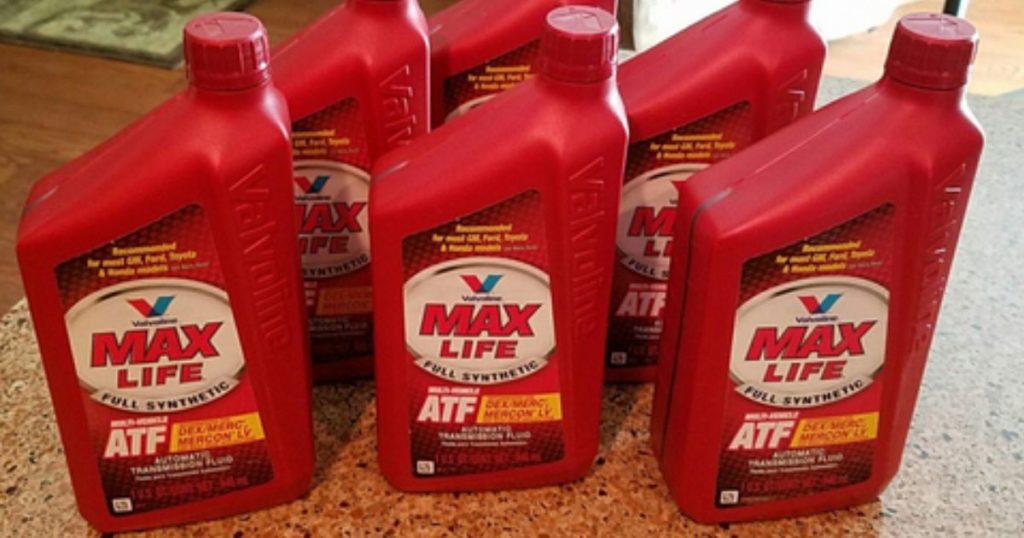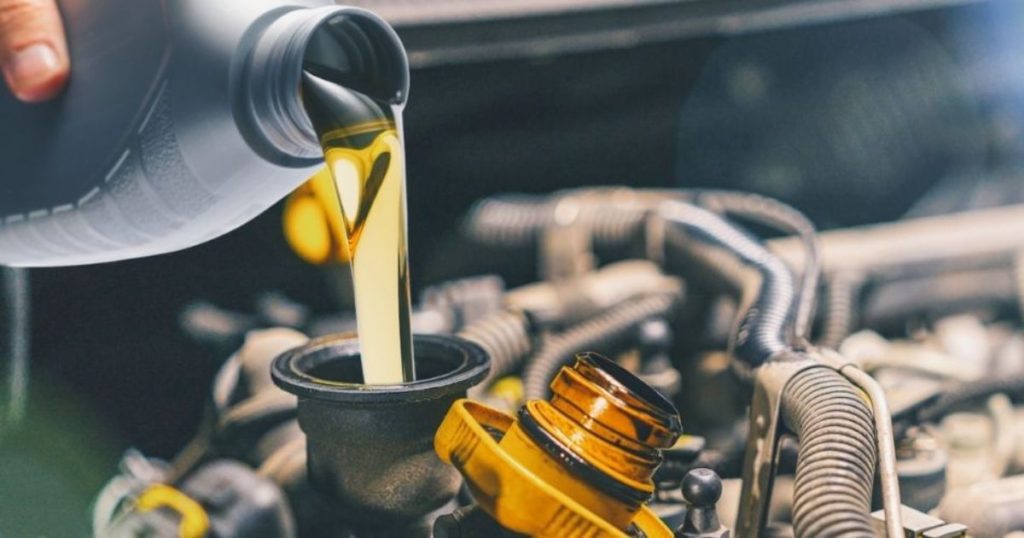Technology has brought transformation to almost every industry. Gone are the days when manual transmissions were the primary option to operate a vehicle. Today automatic transmissions cover the largest part of the market. However, manual and automatic models also remain popular and require distinct transmission fluids.
But what is transmission fluid and its purpose in a car? Does it require replacement like the engine oil? Keep reading for more details.
What Is Transmission Fluid?

Transmission fluid is a lubricant used to protect the clutch packs and gears of vehicles. Proper use of the fluid ensures a smooth and easy shift. Most car owners are familiar with motor oil that needs regular replacement. But only a few have a clear idea of transmission fluid.
Improper maintenance of the transmission fluid causes your car’s gears to wear rapidly. Ultimately, your transmission will have a shorter lifespan, and you will need to pay more for repairs. Although different intervals of maintenance are required, both motor oil and transmission fluid are as essential for an automobile as gasoline.
What Is a Transmission Flush?
We should not overlook a transmission flush when discussing transmission fluid. It is a vehicle maintenance process involving the replacement of the transmission fluid. Transmission flush clears the torque converters and oil coolers. Also, it cleans out sludge and impurities from the machine.
A specific machine is designed to drain the transmission fluid and refill it with a fresh one. Also, it is vital to change the filter during the process to preserve the transmission’s performance.
Manual Vs Automatic Transmission Fluid
Sometimes ago, car equipment manufacturers provided vehicle owners with manual and automatic transmissions. But, today, there are only a few manual transmission cars. This is because automatic transmissions are much easier to handle. Still, you should know how automatic transmission fluid differs from manual.
Generally, manual transmission fluids are thicker. As a result, drivers require extra input when shifting between gears – it becomes more difficult in colder regions. However, automatic transmission fluids are thinner. Because of this, many manual transmission engines have switched to this fluid.
Also, automatic transmission fluids are either green or red. These colors help with identification so you don’t fill your engine with the wrong fluid. Another reason for the color is to detect leakage quickly.
Ensure you use the correct transmission fluid for optimal performance.
The Benefits of Automatic Transmission Fluid (ATF)

Work as a hydraulic car fluid
Automatic vehicle transmission oil is also known as hydraulic fluid. Pressurized fluid is used for the car’s automatic transmissions to replace gears. If your car’s computer system determines the need to adjust gears, it warns the transmission solenoid. Then, the solenoid directs the fluid through several passages, engaging the right gear.
By squeezing the plates, the fluid in the clutch pack links the engine and output shaft. If the transmission works fine, it occurs instantly. But, in the case of thick fluid, there may not be a quick flow. That is why automatic transmission oil is less viscous than manual fluid.
Fulfill the frictional requirements
Clutch packs of cars include plates covered with friction materials and metal plates. Disengagement and engagement should take place to give the driver the best experience.
Frictional properties of transmission oil identify whether the intricate process of moving fluid and metal ensures crisp shifts.
Combat heat
The biggest issue with automatic transmission oil is the heat. Heat causes oxidation of the fluid, and oil passages get clogged. It can also result in clutch glazing. While driving your vehicle, you’ll likely feel jerking.
Like automatic transmission oil, manual transmission fluids helps with smooth shifts. Due to high viscosity, manual transmission fluid creates a durable and protective film. Moreover, this high viscosity is helpful for another reason. Too low viscosity affects the synchronizer integrated with manual transmission. It also leads to abnormal transmission wear.
Can You Use ATF for Your Manual Transmission?
Reading the owner’s manual before using the ATF for the manual transmission is always good. Some continuously variable transmission (CVT) vehicles use their original fluid for high efficiency. Manual transmissions accept various fluids, including hypoid gear and regular motor oil.
Other Types of Transmission Fluid

Transmission fluids have other various categories. To extend the fluid’s life and maintain performance, you should know the suitable variety. You can check the recommendation of your vehicle manufacturer to select the best. Below is a list of other transmission fluids types:
- Mercon or Dexron– You can find this type of fluid with various quality grades. In most cases, they are used for automatic transmission. They have friction modifiers to protect against the transmission’s internal surfaces.
- Synthetic fluids- Synthetic ones are costlier than Mercon and Dexron. But, they can endure considerable temperature fluctuation. They also limit the risk of shearing, friction, and oxidation.
- HFM fluids- HFM represents Highly Friction Modified fluids, like Mercon and Dexron. But friction modifiers have made them effective.
- Motor oil– Though motor oils are used as engine oils, they ease the lubrication of manual transmissions. Their properties and compositions are like that of a car’s gear oil.
- Hypoid gear oil– Some manual transmissions use this oil. It is resistant to temperatures and pressures.
- Type-F– The vintage cars of the 70s use this automatic transmission fluid. This fluid does not have friction modifiers.
How Does Transmission Oil Differ From Engine Oil?
Engine oil maintains the car’s internal combustion. It has the responsibility to limit friction between moving parts. Also, it improves sealing and prevents corrosion. But transmission oil lubricates moving components and cools the transmission. Moreover, it contains anti-corrosion additives and ensures better sealing.
What Are the Common Attributes of Transmission Oil?
Before buying the transmission fluids, you should consider these characteristics:
- Consistency- High-quality transmission fluids have the right thickness under different temperature levels.
- Low viscosity- Your transmission fluid must flow smoothly for the lubrication of various systems.
- Heat resistance- Because of low viscosity, car transmission oils have a low boiling point. So, they are improved with heat stabilizers and act as coolants. They also can potentially remove heat from your car’s transmission system.
- Foam prevention- Some transmission oils have anti-foaming additives to prevent air access.
- Deposit protection- Filled with detergents, transmission fluids ensure protection against deposit buildup.
Conclusion
If you read to this point, you should be able to answer the question, “what is transmission fluid?” There are manual and automatic transmission fluids, the latter being the most common. Ensure you select the suitable fluid for your vehicle to avoid damage. Generally, it is a best practice to follow your manufacturer’s recommendation. As always if you encounter any issues, visit your mechanic.





